As a couple, we have quite some common interests: we both like heavy guitar music, world kitchen, soccer, gaming, nature in all its forms ánd ancient cultures. Personally, my interest in history stops somewhere in the Middle Ages (although I realised through our World Heritage travels that I can be easily motivated to enjoy some more recent historical sites as well…).
So today, we got to focus on prehistorical and medieval remains on the small island of Møn, and we loved it! We got into our car for yet another road trip.
We then drove to Møn via a series of large bridges. Our first stop here were the Stone Age passage graves of Klekkende Høj and Kong Asgers Høj. Passage graves are burial mounds with one (Kong Asgers) or two (Klekkende) chambers inside, which still can be reached through a narrow corridor. To reach Klekkende Høj, you need to walk a short distance from the parking spot to the mound, through… a very muddy piece of farmland. Note to all visitors: bring your Wellies!
Klekkende Høj:
Kong Asgers Høj:
Close to Kong Asgers Høj, we also came across a superb Dolmen (I think it was called Sprove Dyssen). Personal highlight of the day!
Close to our holiday house, there is another dolmen we really liked:
Later today we visited the huge Dolmen of Grønsalen (Grønjægers Høj), which was a bit disappointing.
We drove on and reached the cosy village of Stege, where we visited a first of 3 medieval churches that are decorated with beautiful frescoes inside. The 13th century Romanic Stege Kirke is different from most other churches in Denmark in the shape of its tower.
Churches in Denmark seem to have a rather fixed shape and are either chalked white or painted red or yellow. Elmelunde Kirke (11th century) and Fanefjord Kirke (13th century) are nice examples. Both were decorated with funny frescoes by the “Elmelunde Master”. The fresco’s had a function. They explained the bible to the illiterate farmers of the area. They were made in the Middle Ages.
Elmelunde Kirke:
Fanefjord Kirke:
Important to mention the fact that our daughter Febe slept through all this, except for the churches of Elmelunde and Fanefjord. We might have to come back here if she insists… As a compensation mesure, we visited the Krokodille Zoo on the island of Falster with her.
We would want to add here that we feel that the fine examples of prehistoric and medieval culture on the island of Møn could well be added to the UNESCO WH list. Møn is just wonderful!
–M–


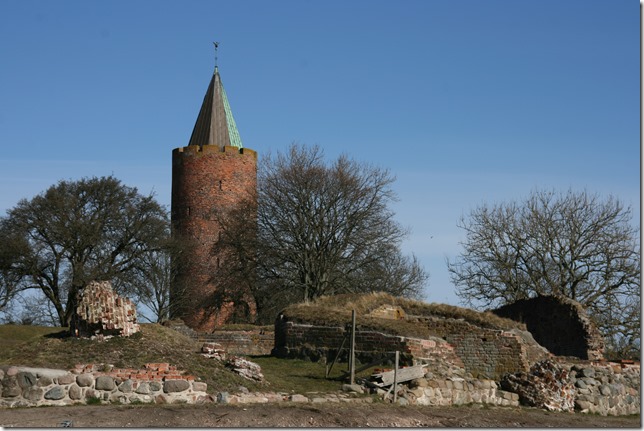


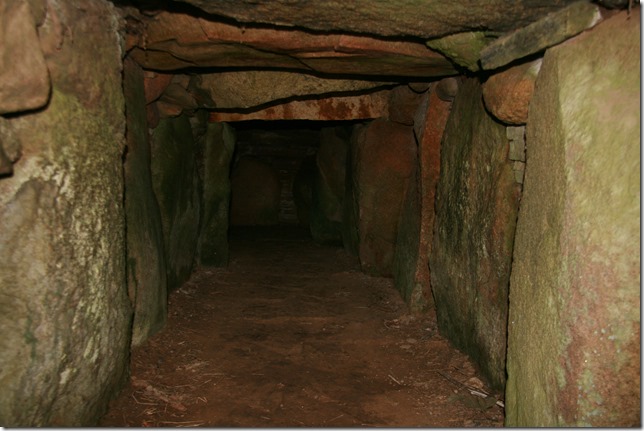


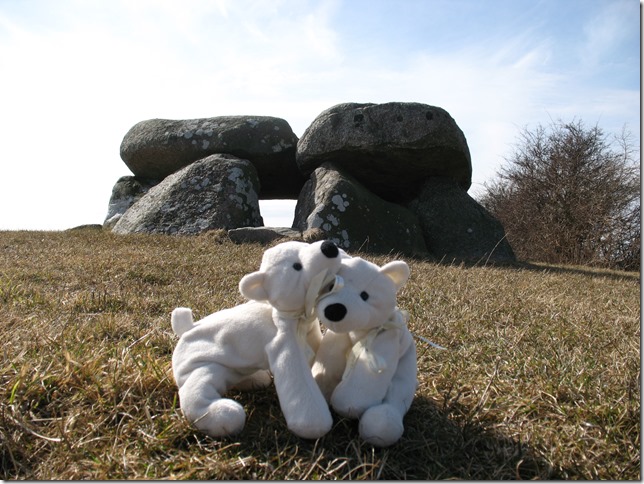

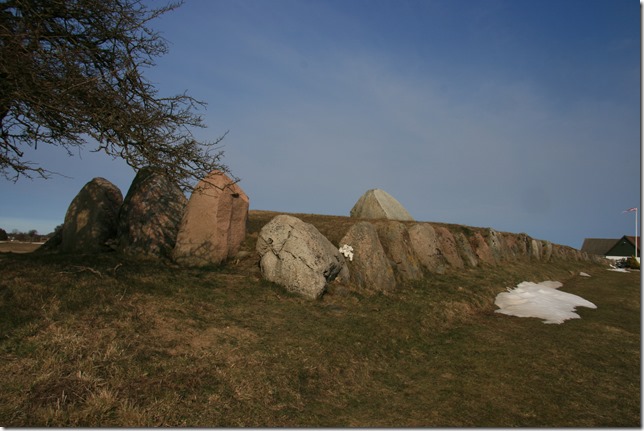









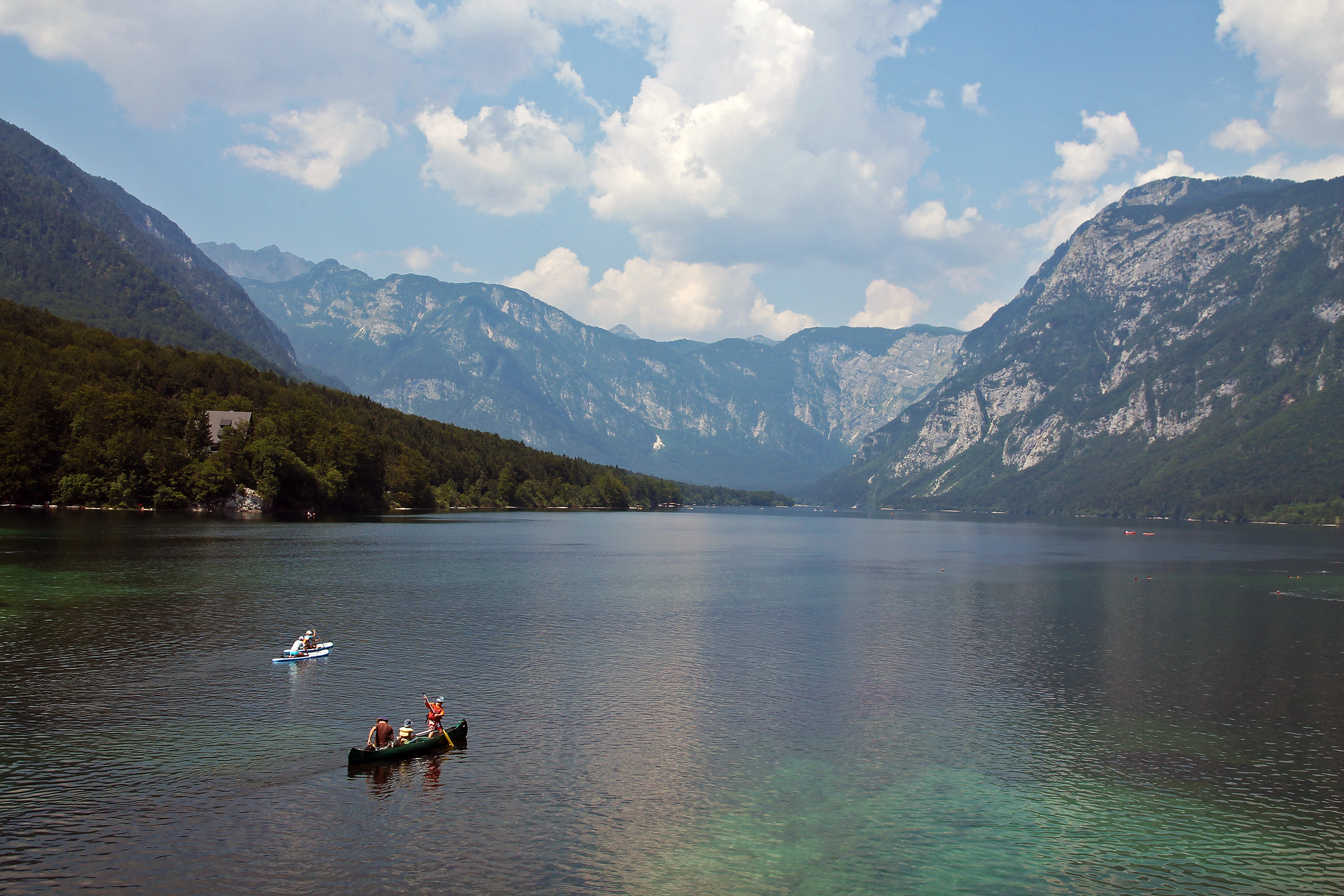
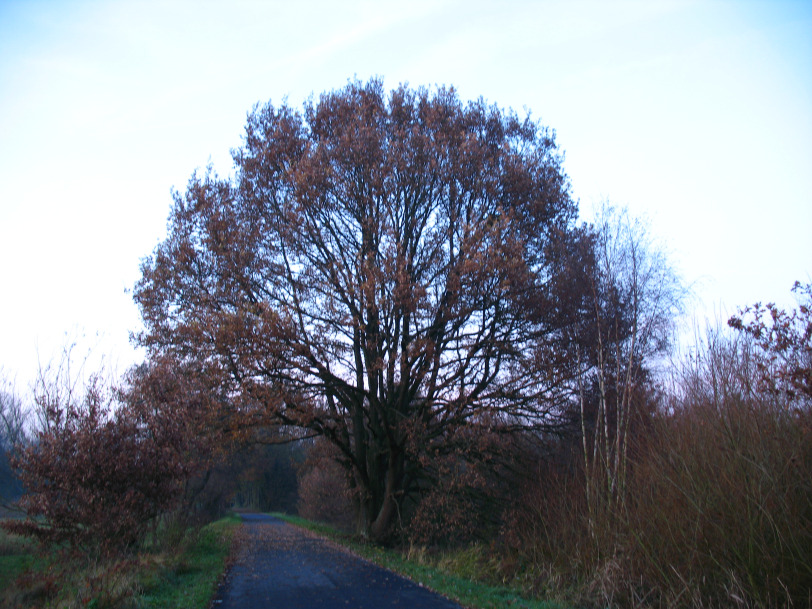
[…] This concept of a wall-filling comic avant-la-lettre, telling biblical stories to the common people, was a popular one in those days. We saw other examples elsewhere, e.g. in the Sainte-Chapelle in Paris and in a couple of churches on the Danish island of Møn. […]